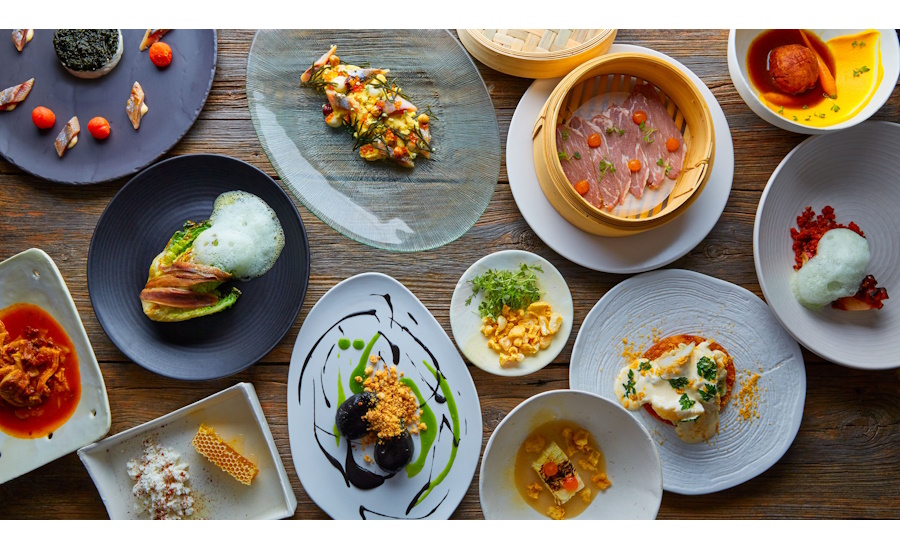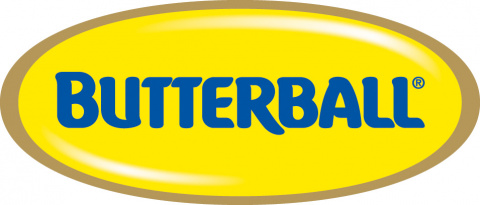
SF&WB Staff | Original Post
The predictions range from creative combinations to luxurious pairings.
Wixon has revealed three macro flavor trends it believes will greatly impact food and beverage innovation this year. The three are the evolution of recent flavor trends that have gained definition over time.
“It’s important to recognize that trends typically evolve gradually rather than change dramatically from year to year,” explains Rachael Jarzembowski, Wixon marketing manager. “In this year’s trends, we’re seeing further refinement and a greater complexity in flavor profiles.”
The trends include:
Creative combinations – This trend brings the “wow” factor to life by combining unexpected tastes and textures. These pairings feature diverse ingredients and complex flavors. Flavors can be unusual yet must remain complementary and harmonious. Creativity is showcased by combining unique flavors in different formats—for instance, strawberry shortcake cream cheese—an uncommon, yet delicious combination, Wixon says.
Decadent luxury – Economic uncertainty and concerns about the future have people living for the “now,” indulging themselves with luxury flavors and small treats. Consumers may not be living in luxury, but they want to feel decadent. In this instance, decadent and luxury flavors are not defined solely by the use of costly, rare ingredients. Luxury and decadence blossom in familiar flavors combined, such as in a smoked sea salt or a dark chocolate caramel brownie. As incongruous as it may seem, people are drawn to luxury flavors not only because they’re indulgent, but also because they enhance the perceived value of a food or beverage. Consumers want tasty, high-quality food and beverage products, and they are willing to pay more to have a flavor treat.
Savor the flavor – Within this trend, savory flavors are directly in the spotlight where people can bask in their boldness and relish their richness. Flavor complexity, and balance boost the overall taste experience. Creating a craveable product with a memorable savory flavor means striking the perfect balance of sweet, sour, salt, bitter, and umami to arrive at the intended taste profile. Flavor examples include black garlic + balsamic, Gruyere apple garlic, and miso caramel apple.
A Datassential survey from October of last year revealed that 71% of consumers were excited about new food and beverage trends for 2025. Among those surveyed, Gen Z exhibited above-average interest at 78%, while Boomers’ interest was lower, at 59%.
“Flavor trends like the aforementioned drive new food and beverage development,” says Jarzembowski. “Not only because taste is a top purchase driver, but also because people look forward to trying new flavors. Food and beverage brands can differentiate themselves through flavor experiences. Innovation should focus on new, surprising, and diverse flavor profiles that deliver engaging and novel experiences for consumers.”
















